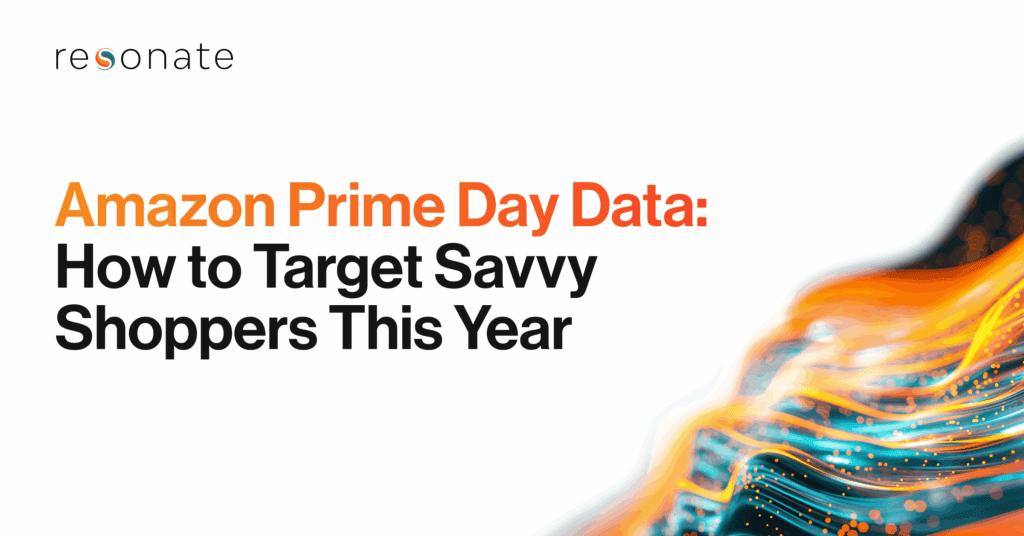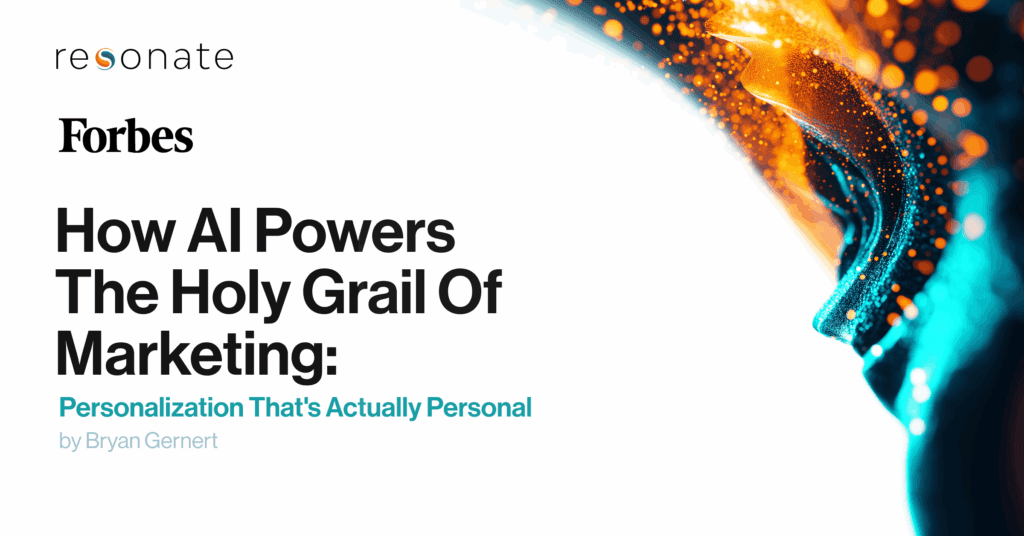The act of telling stories has been around since the beginning of time. In fact, it’s one of the few things that connects us as human beings. Before there was texting, snail mail or even written language, people told stories to build and sustain relationships. Despite how far society has come, humans are still storytellers at their core.
“Stories make our brains want to buy. Content marketing works because our brains are programmed for stories. As human beings we are programmed for stories,” says author and head of marketing at Contently, Joe Lazauskas. The more interesting and intriguing your brand story is, the more likely it is that people will be motivated to interact with and stay loyal to your brand. Captivating your consumers with a relevant story will strengthen your connection with them.
THE ORIGIN OF NEUROSCIENCE AND MARKETING
The relationship between storytelling and neuroscience has been deeply explored by neuroscientist, entrepreneur and author Dr. Paul Zak. His research team studied oxytocin, a chemical people don’t know much about outside of its ability to provoke feelings of empathy and connection. He became curious about the deeper impact it had on humans as it related to storytelling and wrote a book summarizing his findings called, The Moral Molecule.
When people are immersed in a story, the neural activity in their brain increases fivefold. “It’s like stories have flipped on the switchboard that illuminates the city of our mind,” said author and head of marketing at Contently, Joe Lazauskas. He spoke about neuroscience in marketing at Resonate’s recent Storytelling event.
Humans learn faster and remember more when information is taught to them in the form of a story. This happens because when a story is being told, our brains fire neurons, and when the story is over those neurons begin wiring together, increasing the likelihood that you’ll retain information. Think of it as the “neurons that fire together, wire together” effect.
So how is this connection measured? How do we really know that stories are the cause of increased memory or that they influence one’s likelihood to purchase?
Dr. Zak created an immersion score, which determines how purchase decisions are impacted. The score is made up of two parts: heart rate signals and oxytocin. Your heart rate signals determine how much attention you’re paying to something, while the oxytocin reveals the level of emotional connection you feel. Your heart rate + your oxytocin level = your immersion score for a particular piece of content. This score is used to determine how people are influenced when they’re watching or reading content. According to Dr. Zak, a score above 3.8 positively impacts purchase decisions. Purchase actions are predicted with an 83% accuracy based on these immersion levels while hearing a brand story. These levels were also used to predict TV hits with an 84% accuracy.
At our Storytelling event, content expert Joe Lazauskas conducted an experiment by showing a group of participants an emotional commercial about a father’s relationship with his daughter. He attached a small device to their forearm to measure their immersion score and to see how they reacted to different parts of the ad. The results showed that during the most emotional moments of the commercial, the participants’ oxytocin level rose, proving that stories, when told effectively, ignite feelings of empathy and connection.
Stories make us remember and they make us care. Unfortunately, not all brands are great at telling stories. So much of marketing content is based on brand messaging and product promotion instead of focusing on what the customer wants and needs. To break through the noise and stand out in a crowded field of competitors, you have to tell a powerful story that your consumers are unable to forget.
Deep consumer insights reveal the full 360-degree picture of a person beyond surface-level demographics. In relationships, understanding the values and motivations of someone strengthens your connection with them. The same is true of brands and their consumers—the more you get know more about your consumer, the deeper your connection with them. Understanding the “why” behind what drives them to buy, advocate for or abandon a brand will help you create resonant messaging, creative and offers for them.
Learn more about how to tell better stories to engage your target audiences.



